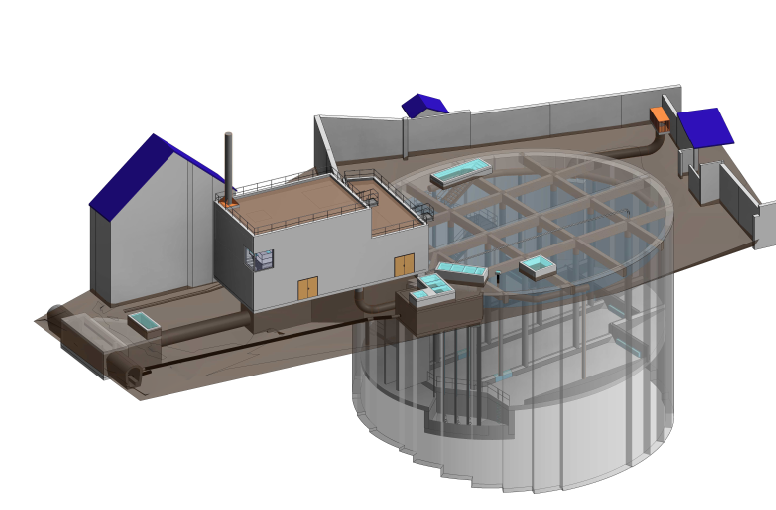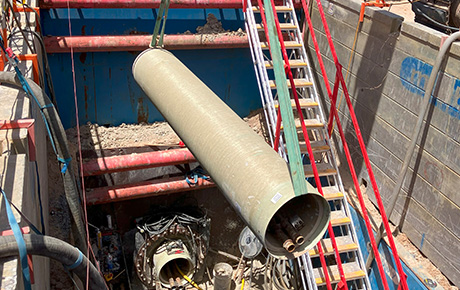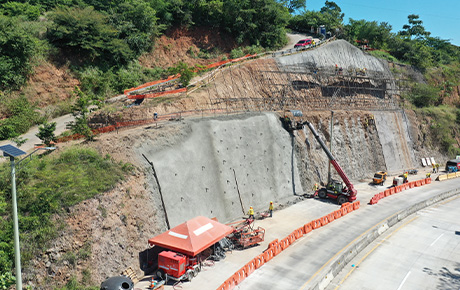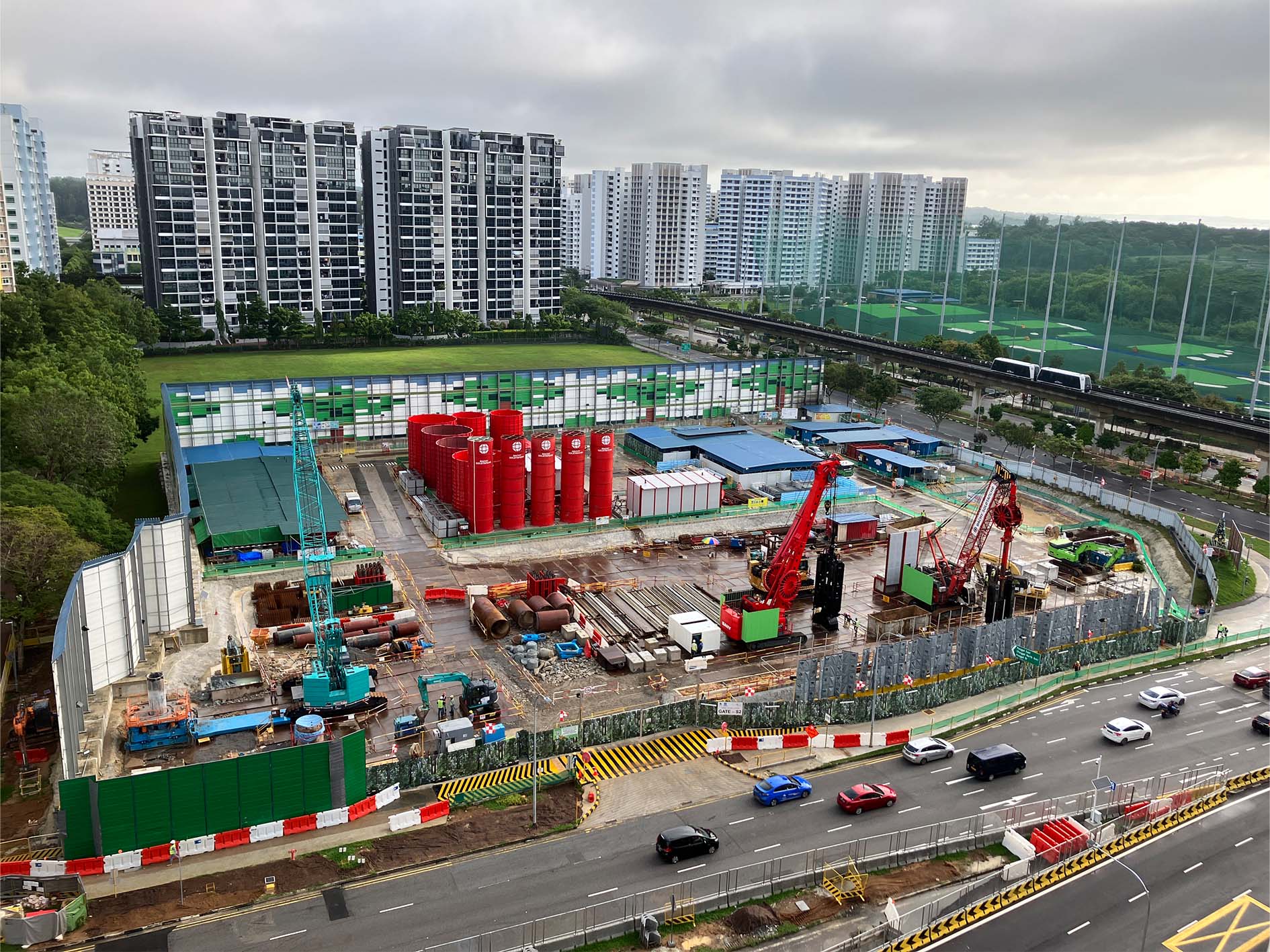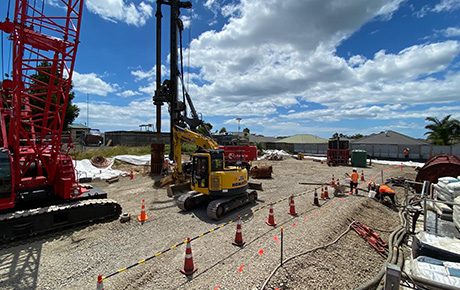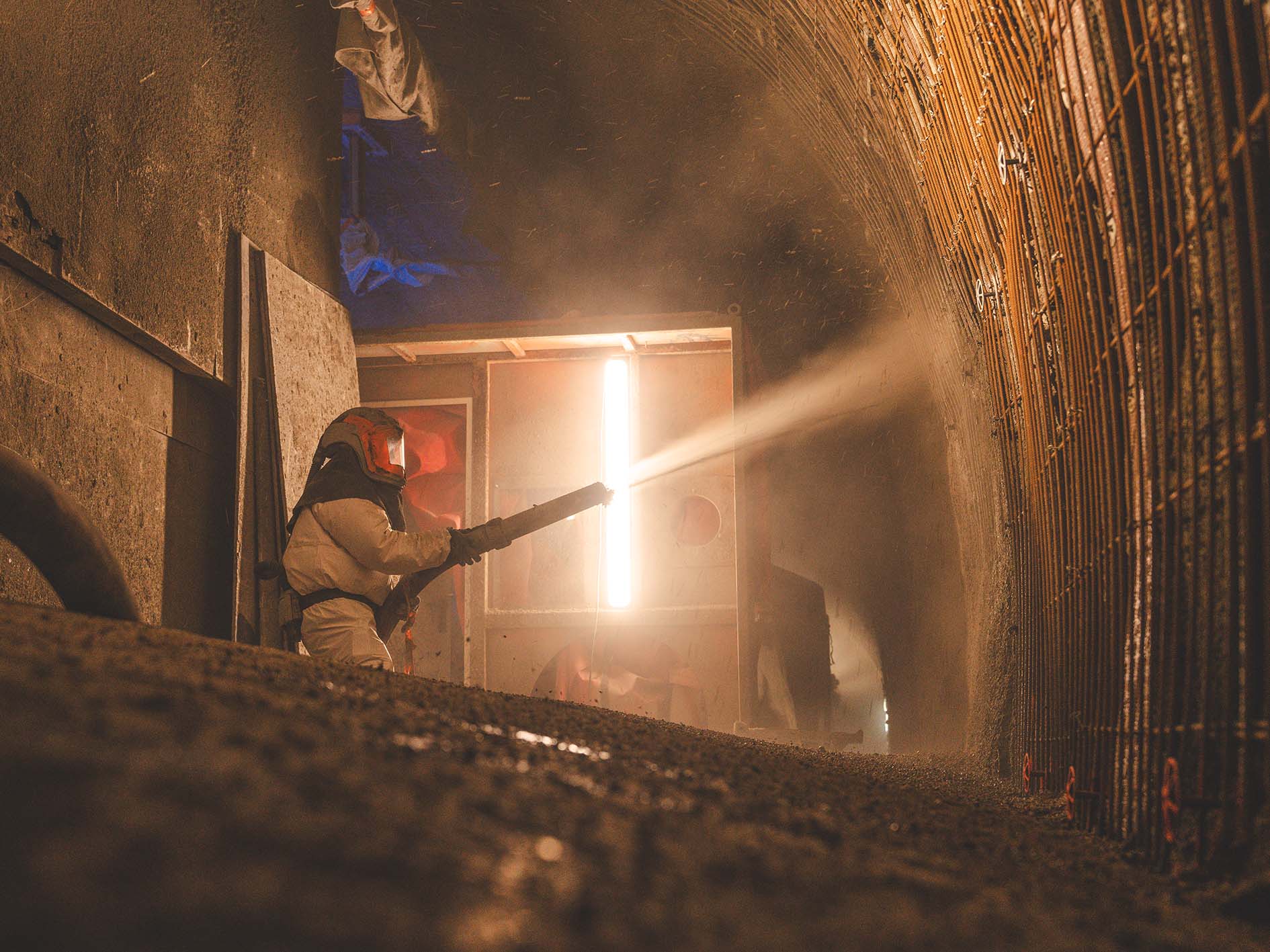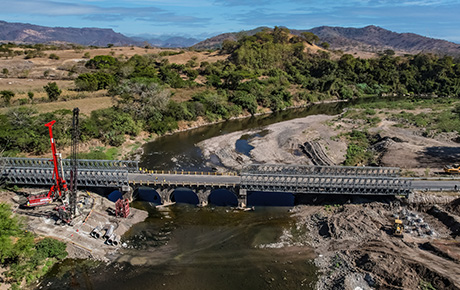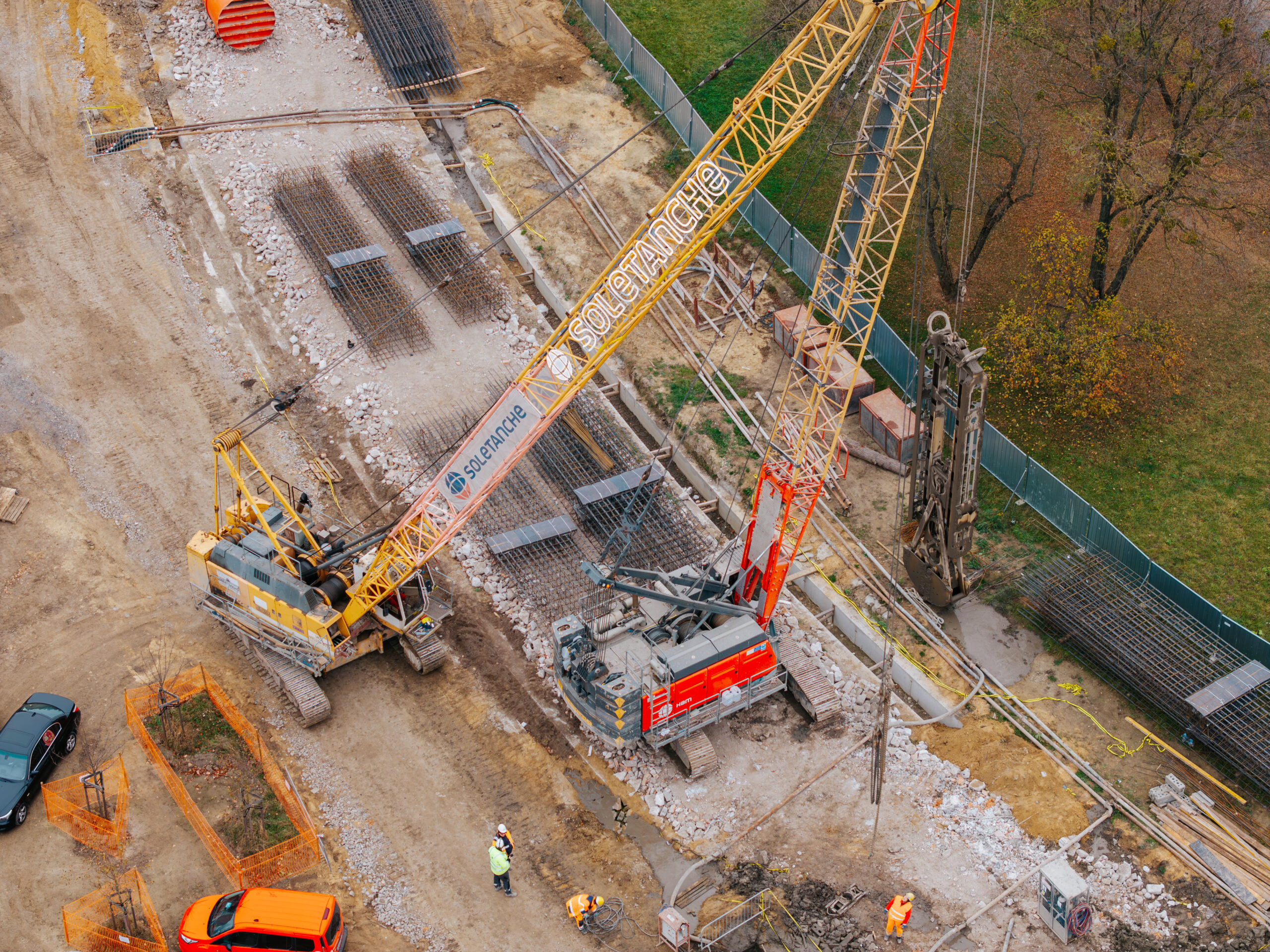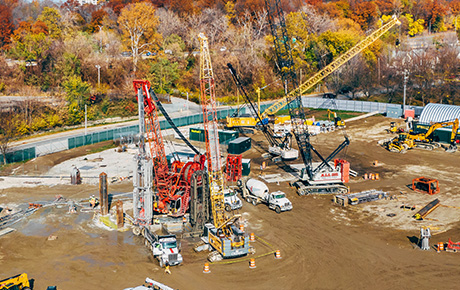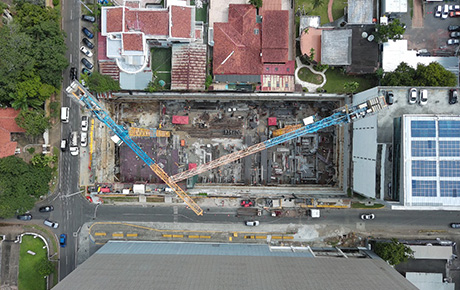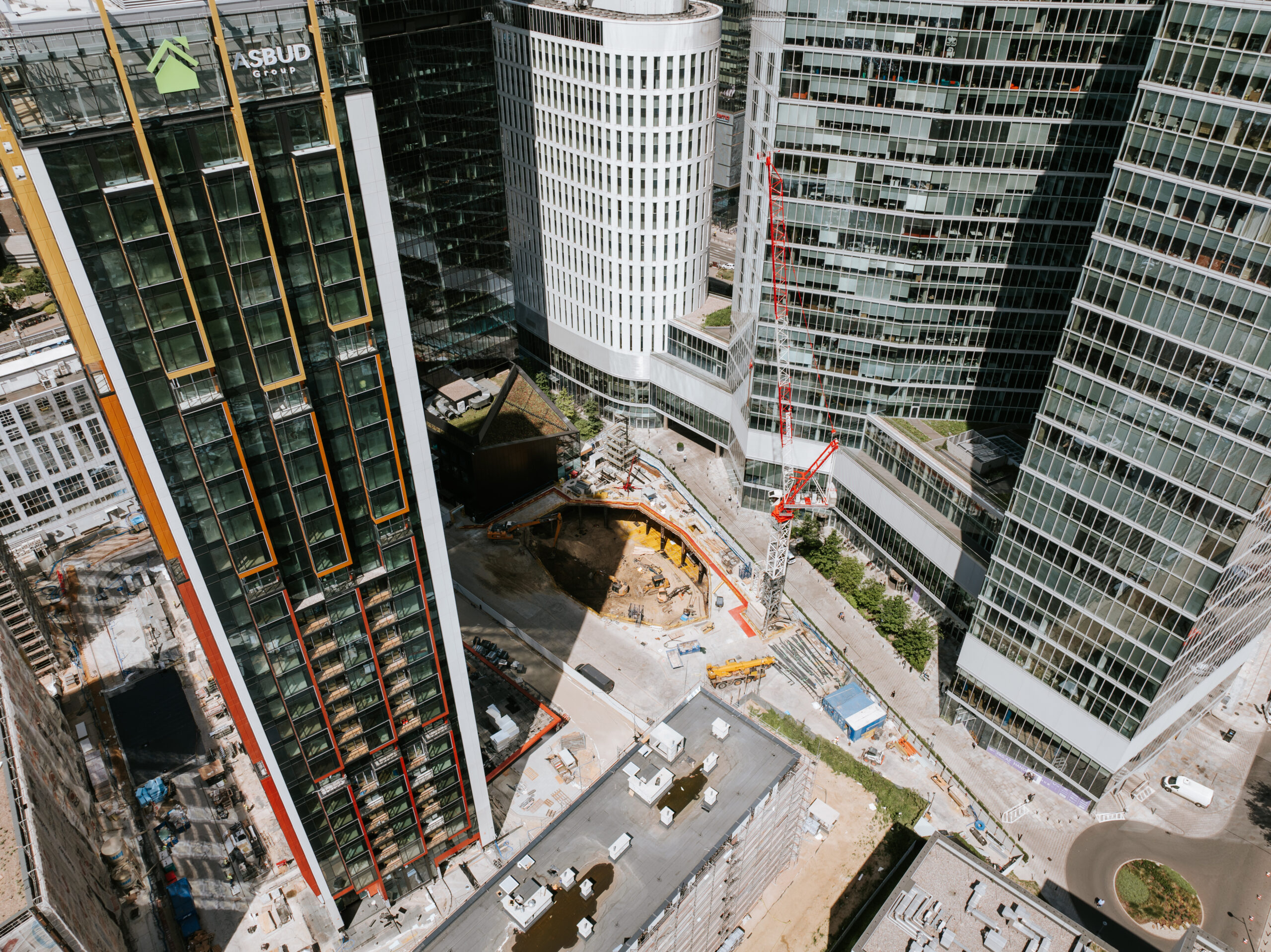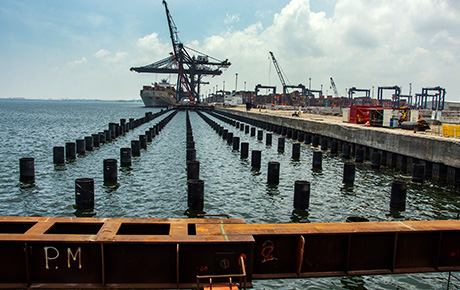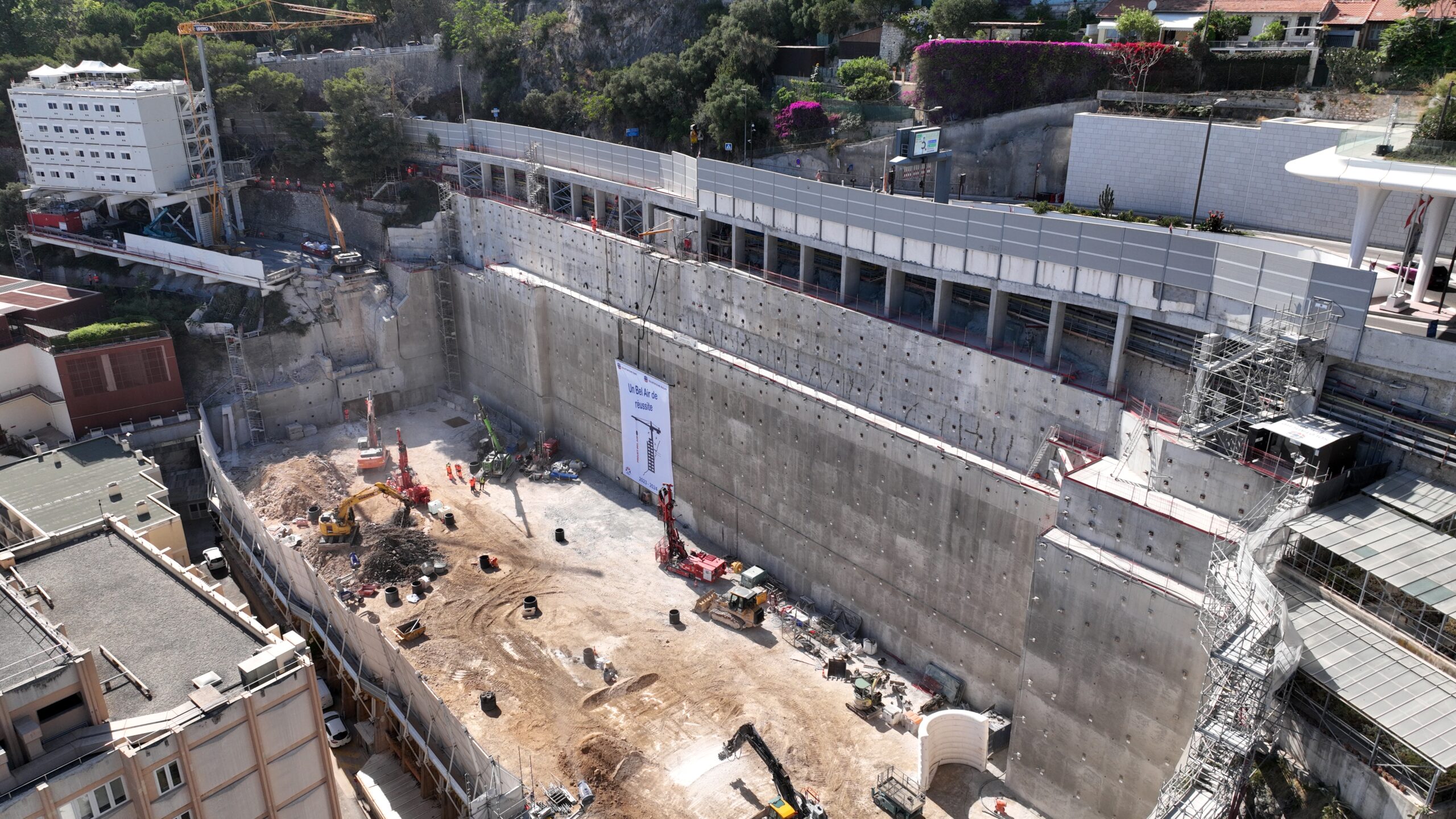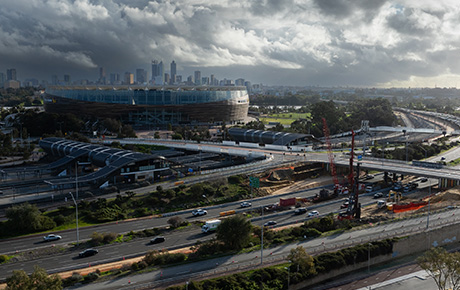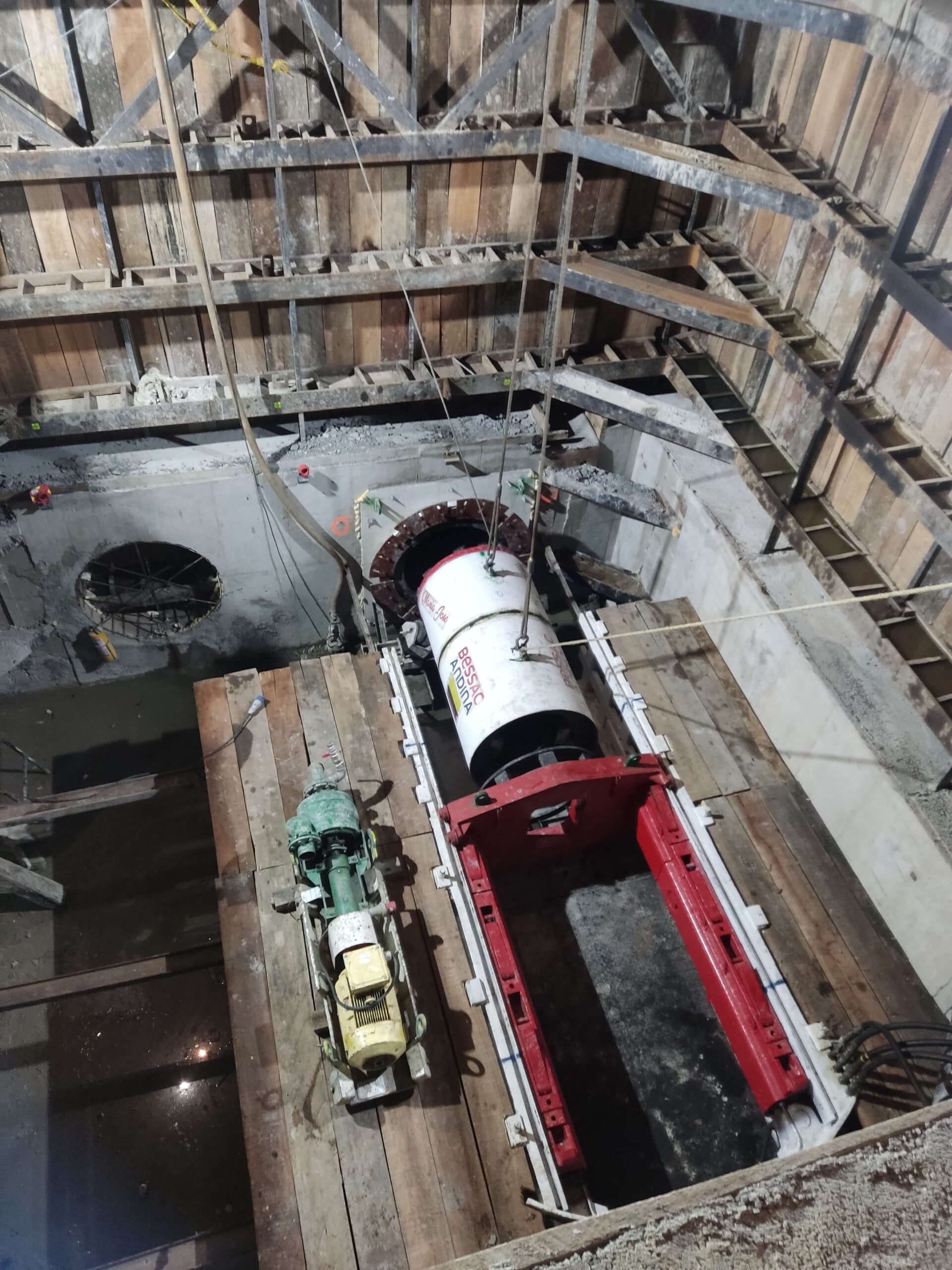May 19th, 2021
Austerlitz tank: work continues
The city of Paris is implementing a series of measures to reduce the discharge of water from the sanitation network into the Seine during heavy rain. One of the benefits of this would be allowing the Seine to be used for open-water swimming events at the 2024 Paris Olympics!
The City of Paris sanitation division has appointed the Impluvium consortium (comprising Soletanche Bachy France and Bessac) to build a tank to store and return water (the Austerlitz tank), two structures to recover water from stormwater drains on either side of the Seine (the Valhubert and Tournaire shafts), as well as a 610m-long collector to link the various structures.
This work is being monitored by the Artelia/Prolog project management consortium. It began in August 2020 and is set to take 44 months, with one clear objective – to finish before May 2024!
Austerlitz tank
Work began in mid-February on the diaphragm wall forming the tank’s circular shell. The schedule includes 23 panels, 61.5m deep and 1.2m thick.
This first phase will be followed by work on the attack shaft (the entry shaft for a microtunnel boring machine with a 3m digging diameter) and the barrettes inside the structure.
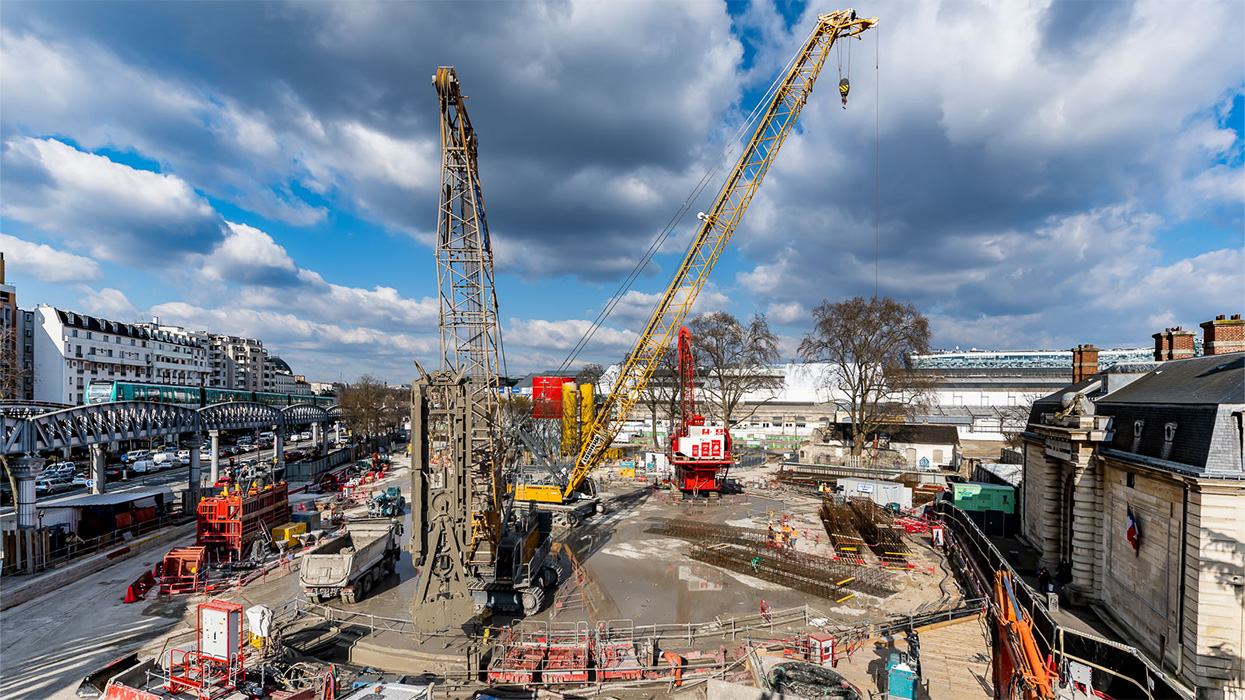
Two firsts in France on the worksite!
- With help from its partner Fugro, the consortium is conducting a bidirectional load test on a barrette – for the first time ever in France. The device comprises two submerged jacks and instrumentation distributed over the entire height of the barrette to characterise the soil parameters in the anchor sites, comprising ball clays, Meudon marl and Campanian chalk.
The results obtained will allow finalisation of the design for the foundations inside the tank, currently expected to comprise: 20 barrettes, 1m thick at a depth of 80m, 236 micropiles at a depth of 63m in the lower course.
- After its adventures in Monacco, Soletanche Bachy is launching the electric power pack in France. The worksite teams have therefore been working with the technical division of the Montereau equipment department to develop a multi-connection system around the structure in order to facilitate installation of the Hydrofraise® at any time.
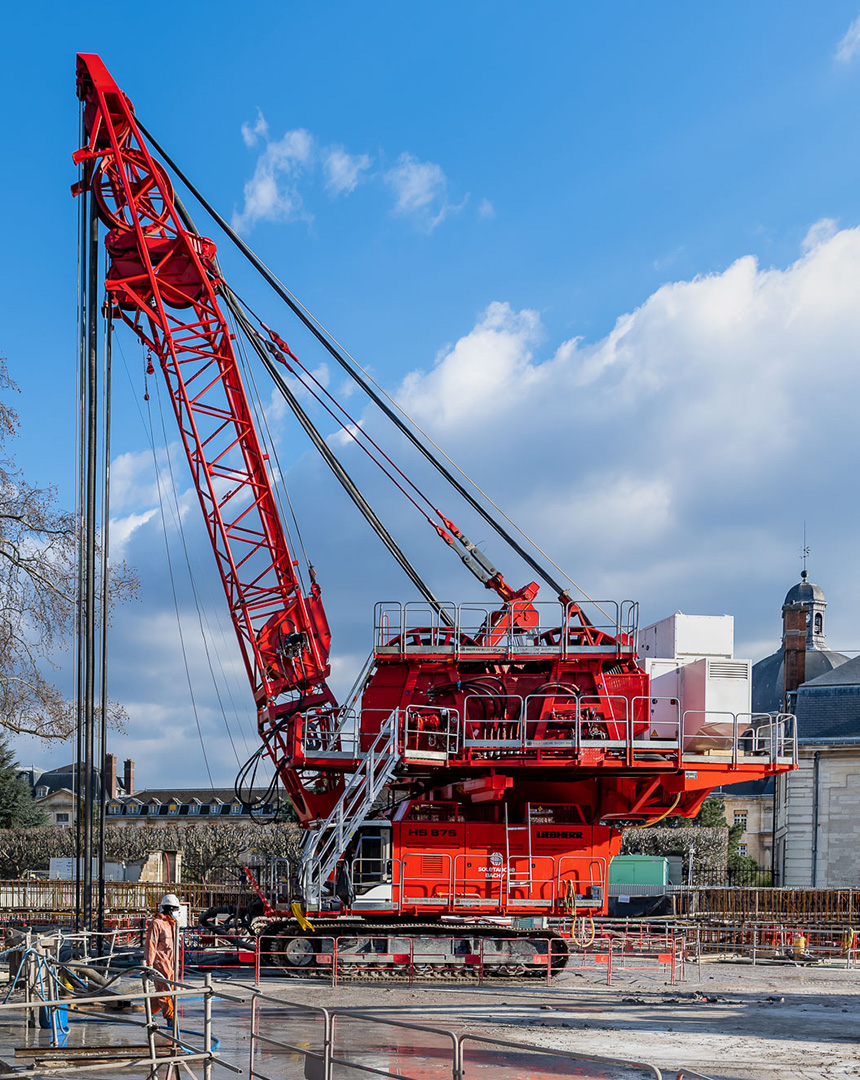
Tournaire shaft (right bank)
The worksite teams turned their hand to investigation to identify all the foundations beneath the Mazas track.
The objective of this initial work phase is to secure the arrival of the microtunnel boring machine once it has passed beneath the Seine river.
Collector
The collector’s winding route passes through the layer of pyritic clay then coarse limestone at depths of between 18 m and 30 m deep. It is expected to be constructed using a compact microtunnel boring machine equipped with a mixed cutterhead.
A real challenge lies ahead – passing below several structures in operation, metro line 5, metro line 10 and train line RER C, followed by tunnelling for a length of nearly 150m beneath the Seine river before reaching the Tournaire shaft!
Microtunnel work on the collector, which has an internal diameter if 2.5m, is scheduled to begin next year.
